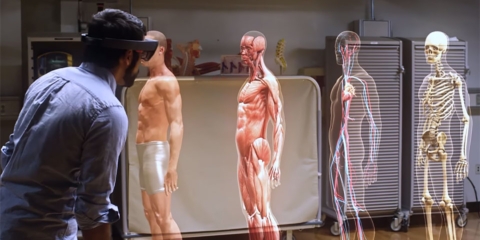Would you like to get notifications from Christian?
What happened?
The future of automotive design is moving towards parametric and generative design. This shift will enable designers to create custom cars that are more efficient, sustainable, and adaptable to changing user needs. The benefits of this new approach are many, but the key advantage is that it allows for a much greater degree of personalization and flexibility in car design. As the automotive industry evolves, we can expect to see more manufacturers embrace parametric and generative design as a way to meet the ever-changing needs of consumers.
Read the entire article: https://bit.ly/3KSWHFP
Why is this important?
Using a technique called parametric design or generative design, automotive designer Ayoub Ahmad created the HV-001 by defining a set of conditions and allowing 3D algorithms to create an organic-looking automobile to fulfill those conditions. If the design looks almost like a skeleton, that’s no coincidence because natural evolution works the same way too – it designs skeletons based on a certain set of conditions. Humans have strong heels and tailbones for standing and sitting, birds have lightweight skeletons for flying, and goats have strong skulls for occasionally headbutting. The car’s uniquely skeletal design isn’t unlike the Formula 1 perfume bottles Ross Lovegrove designed in 2019 (he used parametric design too). With such intricately complicated forms, it’s almost axiomatic to rely on 3D printing to build out your creations. The car’s design definitely hints at being 3D printed, with the number of undercuts, contours, and complex surfaces all across its exoskeleton. The unique organic design isn’t just limited to the car’s chassis – its wheels have organic 3D printed rims, and the car’s cockpit (even its steering wheel) echoes the same organic generative design language. I wasn’t kidding when I said the HV-001 was almost entirely designed by algorithms!
Christian is a futurist and trendwatcher who speaks about the impact of exponential technologies like AI on organizations, people, and talents. Christian tailors his presentations to your audience’s specific industries and needs.
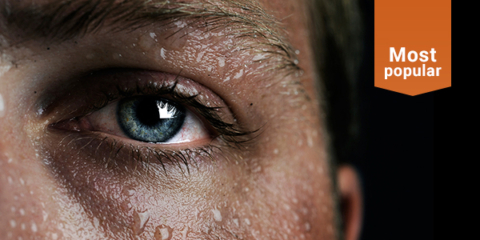


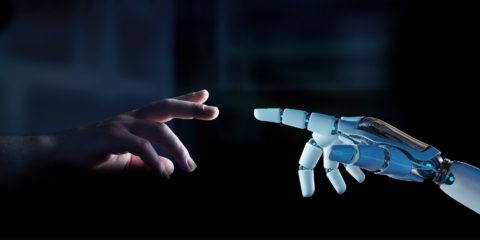
Embracing the advancements of technology and AI can enhance our humanity. We can focus on developing our unique talents and skills by automating mundane tasks and freeing up our time. As humans, we can adapt and learn, allowing us to evolve and stay relevant in a rapidly changing world constantly.


Organizations will need to be more fluid, dynamic, and adaptable: the ability to change and adjust in response to new situations and environments. We are on the cusp of a new era of organizations, ones that are more fluid and agile and which behave like swarms we see in nature.

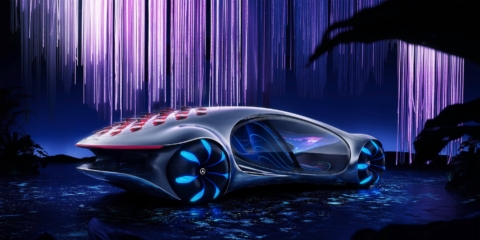
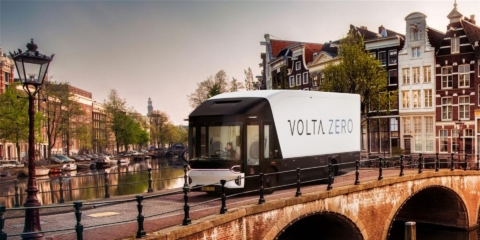
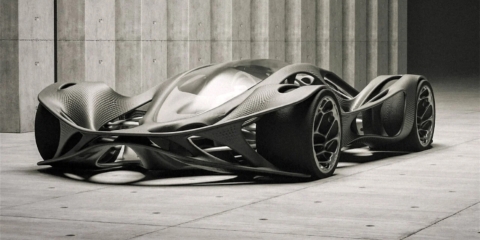
In the future, 3D printing and generative design will allow for products to be designed in a more decentralized manner, and production will take place closer to the customer and fully on-demand. 3D printing technology will also allow for more customization and personalization of products.

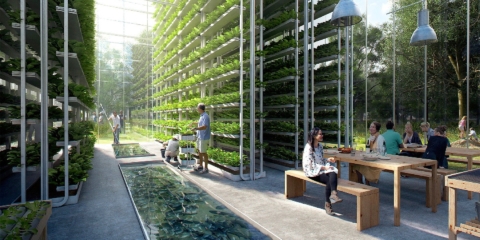
The agricultural industry is ripe for disruption. Robotics, AI, and IoT are all technologies that have the potential to radically transform the way we grow food. In combination with vertical farming, these technologies could increase the efficiency and quality of agricultural products.
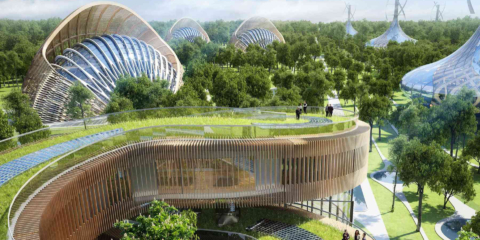
A human-centered society is one that puts people first and where technology is used to unite and empower people. It is a society that values biological life and dignity above all else. It is a society that recognizes the importance of human relationships and works to strengthen them. In a human-centered society, all members of the community are valued and treated with respect.
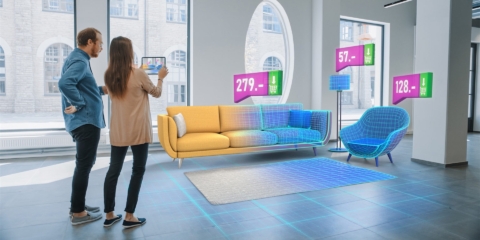
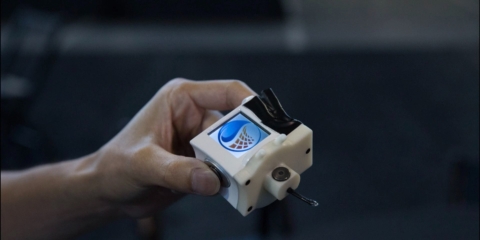
The future of healthcare is here. New technologies like AI, IoT, big data, and smart sensors make it possible to become the CEO of your own health. Imagine that your phone can listen to your voice and AI algorithms can detect small nuances in the tone of your voice that indicate specific diseases.
